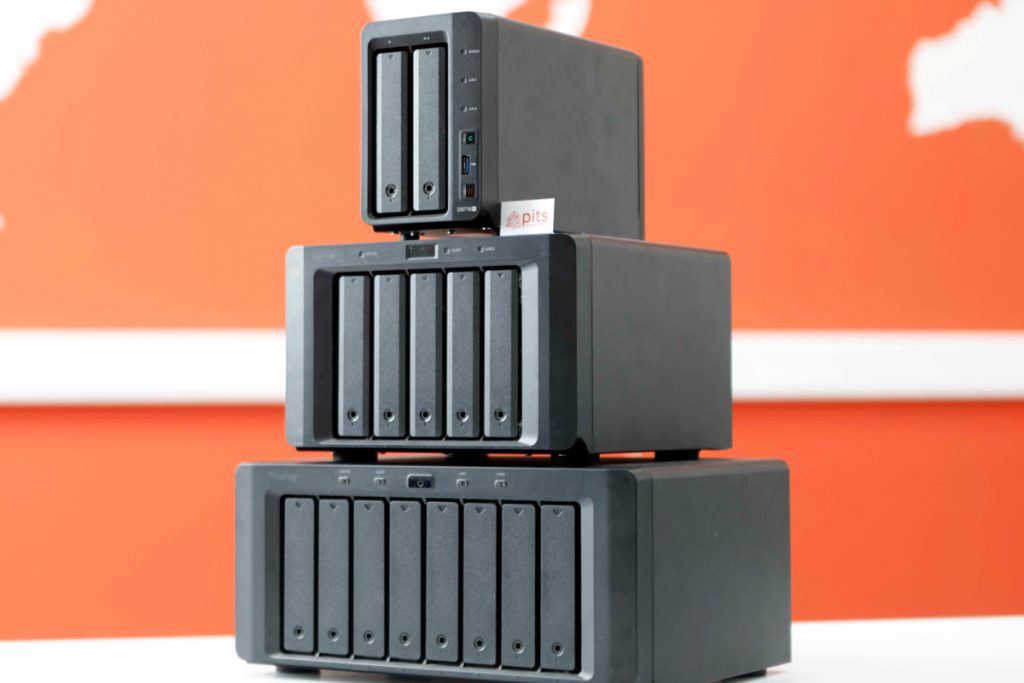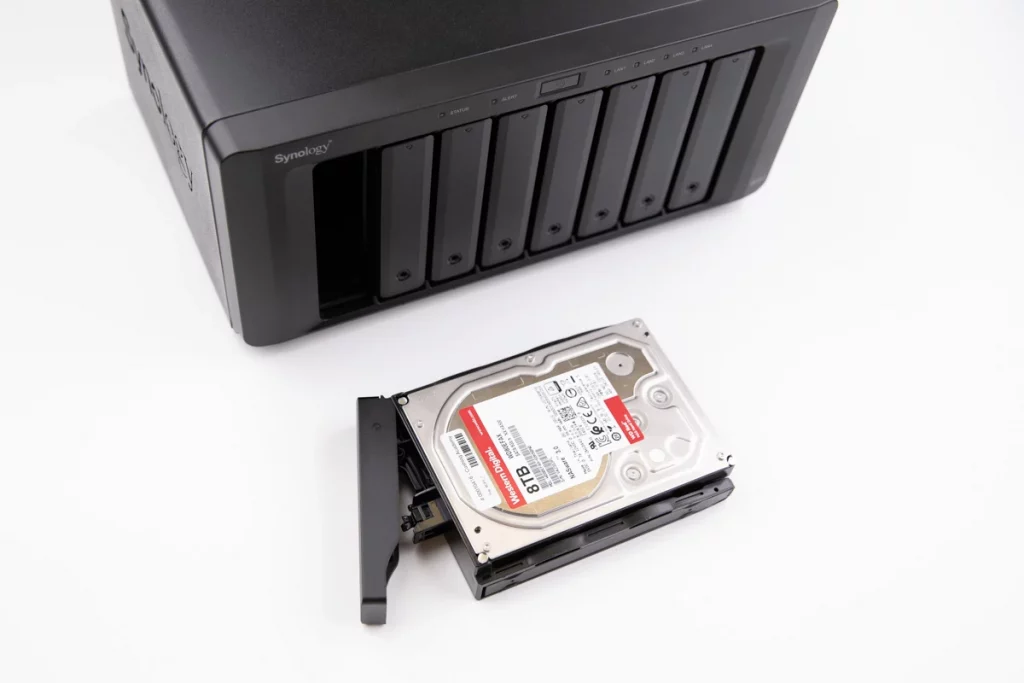Network-Attached Storage is one of the most reliable ways to store your valuable information. Both individuals and businesses rely heavily on NAS devices as essential tools. This system provides its user with a cost-effective performance, flexible options, centralized storage and constant access to their files.
However, despite their convenience and efficiency, NAS data loss and failures can pose important challenges, potentially leading to valuable data being compromised or lost. In this blog, we’ll delve into the causes of NAS data loss and failures, explore preventative measures to mitigate risks, and discuss techniques for data recovery in case of an unfortunate event.
Causes of NAS Failure
Like any technological device, NAS systems are susceptible to different types of failures that can endanger your data. Comprehending the underlying causes of NAS failures is critical for both prevention and preparedness. Let’s explore some of the common causes of NAS failure and how they can affect data security and accessibility.
Human Error
Human failure is one of the most frequent reasons for losing data on the Network Attached Storage. Files' inaccessibility is often a result of accidental formatting, data leaks, reinstallation, or overwriting.
Power Failure
Data loss can occur unexpectedly due to overvoltage or voltage fluctuations. It usually happens without warning, so there might be no chance to protect your sensitive files from irreversible data loss.
Overheating
Without a proper cooling system, overheating is unavoidable. This can eventually lead to drive failure, resulting in data loss. Hence, it is essential to monitor the environment in which NAS is stored.
Natural Disasters
Fire damage, contamination, and liquid damage can damage a NAS device in seconds. To avoid a severe data loss situation, the device needs immediate attention from experts.
Defective Controllers of NAS
Faulty system rebuilds and reorganizations could result in defective controllers. Due to the faulty controllers, a data loss on your Network Attached Storage can occur.
Mechanical Malfunction
NAS systems have an infrastructure that will help with a failure of a single hard drive. The remaining drives will compensate for the drive malfunction, resulting in data loss.
For any data storage device user, it is essential to protect it from any threats and secure sensitive data stored on it. There are several actions that can help with this mission.
How to Minimize Risks of Data Loss on NAS
Manage Access Rights. NAS allows providing several users access to essential data. However, there is a need to control this access. This way, you can avoid any human errors with your valuable data.
Make Regular Backups. Backing up your files is a recommendation for any device, especially NAS. It is also better to spatially separate and encrypt the backup device in case of a natural disaster.
Suitable Infrastructure. A NAS is typically set up with a RAID configuration. Hence, choosing a RAID suitable for your device would be beneficial. So, go with a RAID level which provides data security.
Frequent Checks. Regular monitoring of your device and data backup systems is a step you should take to ensure that your files are safe. Thus, we recommend regular inspections of your device.

Suitable Location for NAS. When maintaining a NAS, every user should pay attention to its location. In case of a natural disaster or main device malfunction, all the data stored on NAS will remain protected.
Recognize the Emergency. It is essential to notice the problem on time to avoid data loss due to the NAS’s incorrect operation. Managing the system and periodically checking its performance can be helpful.
Suitable Location for NAS. When maintaining a NAS, every user should pay attention to its location. In case of a natural disaster or main device malfunction, all the data stored on NAS will remain protected.
Recognize the Emergency. It is essential to notice the problem on time to avoid data loss due to the NAS’s incorrect operation. Managing the system and periodically checking its performance can be helpful.
If you see anything wrong with your device, it is better to expect it and see if anything is failing. Thus, it is essential to entrust your device to professionals.
NAS Drive Failure Rates
The failure rate of NAS drives can vary depending on several factors such as brand, model, usage, and environmental conditions. According to a study conducted by Backblaze in 2020, which analyzed the failure rates of various hard drives including NAS drives, the average annualized failure rate for NAS drives was 0.93%, which is lower than the overall average failure rate for all hard drives analyzed in the study (1.58%).
However, it’s worth noting that this is just one study, and failure rates can vary significantly depending on various factors.
It’s important to choose a reliable, high-quality NAS drive from a reputable brand and use it within recommended operating conditions to minimize the risk of drive failures. It’s also crucial to regularly back up your data to other storage devices or the cloud to prevent permanent data loss in case of a drive failure.

Our Data Recovery Services for NAS devices
PITS Global Data Recovery Services provides secure and risk-free technical inspection of storage devices. Our engineers safely examine the machine to understand what caused a data loss and which damage was caused to your file system.
In the event of any issues with your NAS device, we will promptly inform you of the situation. Our team of skilled engineers will then evaluate the device to determine the most effective strategy for data recovery, ensuring the best possible outcome.
Once we have successfully recovered your data, we will provide it in a format you choose, such as on a USB drive or external hard drive. We pride ourselves on delivering exceptional customer service and will work closely with you to ensure your satisfaction with our data recovery services.
Our company offers a safe and secure data recovery for NAS and delivers a positive experience to the customers. We work on the devices only in specialized facilities, including ISO Certified Class 10 Cleanroom. Our team also keeps up with the times and regularly updates the recovery technologies. This way, we can approach each case with the most modern methods and successfully perform failed NAS recovery.
PITS Global Data Recovery Services offers an extensive set of facilities throughout the United States. We recover data regardless of the device’s operating system and storage capacity. Our skilled specialists will completely restore the sensitive information from your NAS drives. We also deliver RAID data recovery regardless of your configuration, storage capacity, and drive models.
Entrust your Network-Attached Storage to our experienced team, and you will not regret it. You can start your evaluation by calling our customer service line or filling out the request help form below.
Frequently Asked Questions
What can cause a NAS device to fail?
A NAS device can fail due to various reasons, including hardware failure, firmware corruption, power surges, physical damage, and software bugs.
Can a failed NAS device cause data loss?
Yes, a failed NAS device can cause data loss if the stored data cannot be retrieved or accessed. The severity of data loss depends on the type of failure and the backup strategy in place.
How can I prevent data loss in a NAS device failure?
You can prevent data loss in a NAS device failure by implementing a comprehensive backup strategy, which includes regular backups to an external storage device, cloud storage, or a second NAS device.
Can data recovery be done on a failed NAS device?
Yes, data recovery can be done on a failed NAS device, provided the damage is not too severe. However, the recovery process can be complicated and time-consuming, and it’s best to seek professional data recovery services.
How can I diagnose a failed NAS device?
You can diagnose a failed NAS device by checking for physical damage, running built-in diagnostic tools, or using third-party software to check the status of the device and the storage drives.
Can I replace the failed storage drives in a NAS device?
Yes, you can replace the failed storage drives in a NAS device. However, you must follow the manufacturer’s instructions and ensure that the new drives are compatible with the NAS device.


